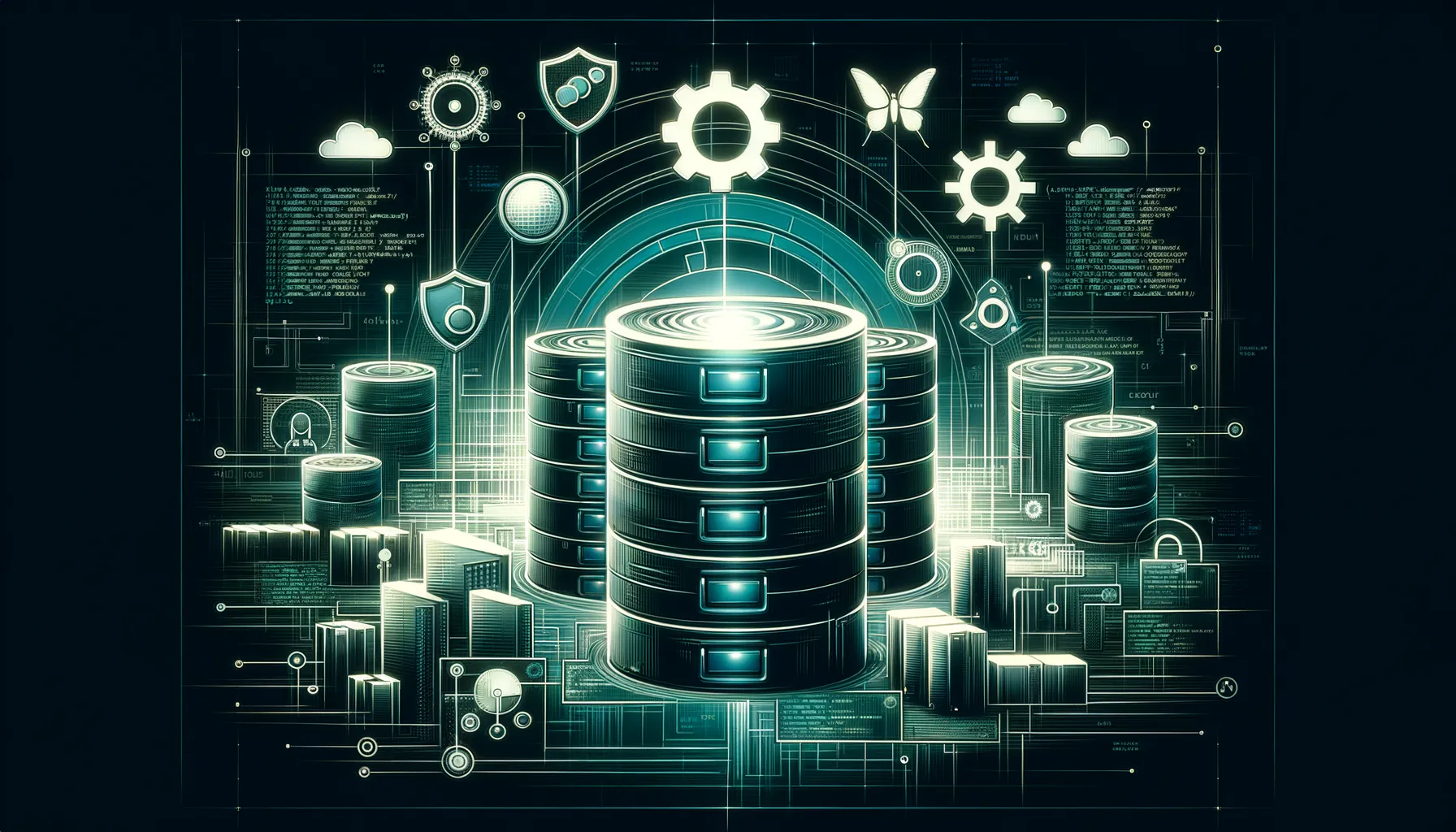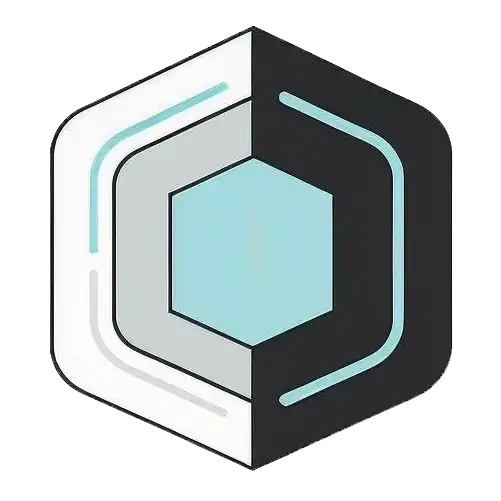Tuesday 11 February 2025, 11:31 AM
An introduction to database systems
Databases efficiently store and manage data for applications. Types include relational (SQL) and NoSQL. They ensure scalability, security, and data integrity.
An introduction to database systems
Hey there! If you've ever wondered how websites remember your login information, how online stores keep track of inventory, or how apps know your preferences, then you're in the right place. Let's dive into the world of database systems and see what's going on behind the scenes.
What is a database, anyway?
At its core, a database is just an organized collection of data. Think of it like a digital filing cabinet where information is stored in a way that makes it easy to find and manage. Instead of rummaging through piles of paperwork, databases let us quickly retrieve and manipulate data using software.
Imagine you've got a massive spreadsheet with tons of information about your music collection—artists, albums, song titles, genres, and release dates. Now, scale that up to the size of a global company tracking millions of customers and transactions. That's where databases come in handy!
Why bother with databases?
You might be thinking, "Can't I just store data in regular files?" Well, you could, but databases offer a bunch of advantages:
- Efficiency: Databases are optimized for quick data retrieval and storage.
- Organization: They help keep data structured and consistent.
- Scalability: Databases can handle large amounts of data and users.
- Security: They provide mechanisms to control access and protect data.
- Data Integrity: Databases enforce rules to ensure data is accurate and reliable.
In short, databases make managing data easier, especially when dealing with complex or large-scale applications.
Different flavors of databases
Not all databases are created equal. Depending on the needs of an application, different types of databases might be used. Let's explore some common ones.
Relational databases
Relational databases are like the MVPs of the database world. They've been around since the 1970s and are based on the relational model, which organizes data into tables (or relations). Each table has rows (records) and columns (fields).
For example, a Customers table might have columns like CustomerID, Name, and Email. Each row represents a different customer.
Why are they called "relational"?
The term "relational" comes from the ability to establish relationships between tables. So, you might have an Orders table that references the CustomerID from the Customers table. This allows for complex queries that pull data from multiple tables.
Popular relational databases
Some well-known relational database management systems (RDBMS) include:
- MySQL: Open-source and widely used, especially for web applications.
- PostgreSQL: Known for its robustness and support for advanced features.
- SQLite: Lightweight and serverless, great for mobile and embedded applications.
- Oracle Database: Often used in enterprise environments.
- Microsoft SQL Server: Another enterprise-level RDBMS.
NoSQL databases
NoSQL databases are a bit of a misnomer—it doesn't mean "no SQL" but rather "not only SQL." These databases emerged to handle the limitations of relational databases, especially with the explosion of big data, real-time web apps, and the need for flexible data models.
NoSQL databases are designed for specific data models and have flexible schemas, which means they don't require predefined table structures.
Types of NoSQL databases
There are several types of NoSQL databases:
- Key-value stores: Data is stored as key-value pairs, like a dictionary. Quick and simple for retrieving data by key. Examples: Redis, Amazon DynamoDB.
- Document databases: Store semi-structured data like JSON documents. Ideal for applications with changing schemas. Examples: MongoDB, CouchDB.
- Column-family stores: Data is stored in columns rather than rows, optimized for queries over large datasets. Examples: Apache Cassandra, HBase.
- Graph databases: Focus on relationships between data points, stored as nodes and edges. Great for social networks, recommendation engines. Examples: Neo4j, JanusGraph.
Peek under the hood: Components of a database system
Understanding databases isn't just about the data itself but also about how everything works together. Let's look at some key components.
Data models
A data model defines how data is structured, stored, and accessed. It provides a blueprint for organizing data and is crucial for database design.
- Relational model: Uses tables with rows and columns.
- Document model: Uses documents (e.g., JSON) with key-value pairs.
- Key-value model: Simplest model, data stored as key-value pairs.
- Graph model: Data represented as nodes and relationships (edges).
Database management systems (DBMS)
A DBMS is software that interacts with end-users, applications, and the database itself to capture and analyze data. It provides tools for defining, constructing, and manipulating databases.
Some functions of a DBMS include:
- Data storage management: Efficiently storing data on disk.
- Data retrieval: Optimizing queries to fetch data quickly.
- Security: Enforcing user permissions and access controls.
- Backup and recovery: Safeguarding data against loss.
- Concurrency control: Managing simultaneous operations without conflicts.
Speaking the language: Structured Query Language (SQL)
For relational databases, SQL is the standard language for interacting with the database. It's how we write queries to insert, update, delete, and retrieve data.
Here's a quick taste of SQL:
-- Selecting data
SELECT Name, Email FROM Customers WHERE CustomerID = 1;
-- Inserting data
INSERT INTO Customers (Name, Email) VALUES ('Jane Doe', 'jane@example.com');
-- Updating data
UPDATE Customers SET Email = 'jane.doe@example.com' WHERE CustomerID = 1;
-- Deleting data
DELETE FROM Customers WHERE CustomerID = 1;
SQL is powerful and widely used, but it can take some time to master all its features, especially when dealing with complex queries involving multiple tables.
Keeping things consistent: Transactions and ACID properties
When working with databases, especially in applications that involve multiple operations, it's important to ensure data integrity. This is where transactions come in.
A transaction is a sequence of operations performed as a single logical unit of work. For a transaction to be completed and changes to be saved, it must satisfy all the ACID properties:
- Atomicity: All operations in a transaction are completed, or none are.
- Consistency: Transactions transform the database from one valid state to another, maintaining data integrity.
- Isolation: Transactions occur independently without interference.
- Durability: Once a transaction is committed, changes are permanent, even in the case of a system failure.
For example, transferring money between bank accounts involves debiting one account and crediting another. Both operations must succeed, or neither should happen.
Making it snappy: Indexing and optimization
Ever tried to find a book in a library without using the catalog? It would be a nightmare! Databases use indexes to speed up data retrieval, much like how a book index helps you quickly find information.
An index is a data structure that improves the speed of data retrieval operations on a database table at the cost of additional writes and storage space. Indexes can be created on one or more columns of a table.
However, over-indexing can slow down write operations since the database must update indexes every time data changes. It's all about finding the right balance.
Query optimization
Databases include query optimizers that analyze SQL queries and determine the most efficient way to execute them. Writing efficient queries and understanding how the database executes them can significantly improve application performance.
When things get big: Scaling databases
As applications grow, databases need to handle more data and more users. There are two main ways to scale a database:
- Vertical scaling (scaling up): Adding more resources (CPU, memory) to the existing server.
- Horizontal scaling (scaling out): Adding more servers to distribute the load.
Relational databases are traditionally scaled vertically, but this has limits and can get expensive. NoSQL databases often support horizontal scaling more readily, which is one reason they're popular for big data applications.
Security matters
Databases often contain sensitive information, so security is paramount.
- Authentication: Verifying the identity of users trying to access the database.
- Authorization: Defining what authenticated users are allowed to do.
- Encryption: Protecting data, both in transit and at rest, from unauthorized access.
- Auditing: Tracking who did what and when, which is essential for compliance.
Proper security practices help prevent data breaches and ensure compliance with regulations like GDPR or HIPAA.
Backups and recovery
Data loss can be catastrophic. Regular backups ensure that data can be restored in case of hardware failure, human error, or other disasters.
- Full backups: Copying the entire database.
- Incremental backups: Copying only data that has changed since the last backup.
- Point-in-time recovery: Restoring the database to a specific moment, useful in case of accidental data corruption.
Having a solid backup and recovery strategy is essential for any production database.
Wrapping up: The big picture
Databases are the unsung heroes powering modern applications. From social media to banking, they enable the storage and retrieval of vast amounts of data efficiently and securely.
Whether you're a developer building the next big app, a data analyst crunching numbers, or just someone curious about how data is managed, understanding the basics of database systems is incredibly valuable.
So next time you're streaming music, shopping online, or scrolling through your feed, you'll know a bit more about the magic happening behind the scenes!
Happy data exploring!

